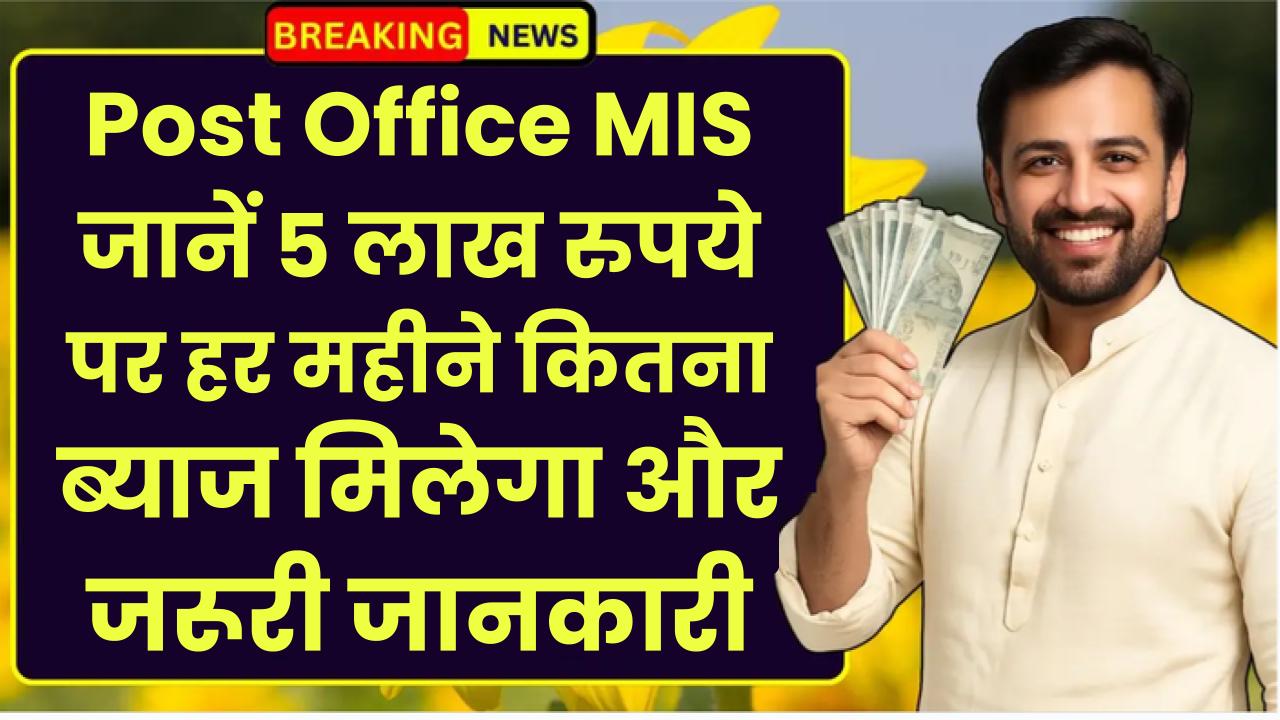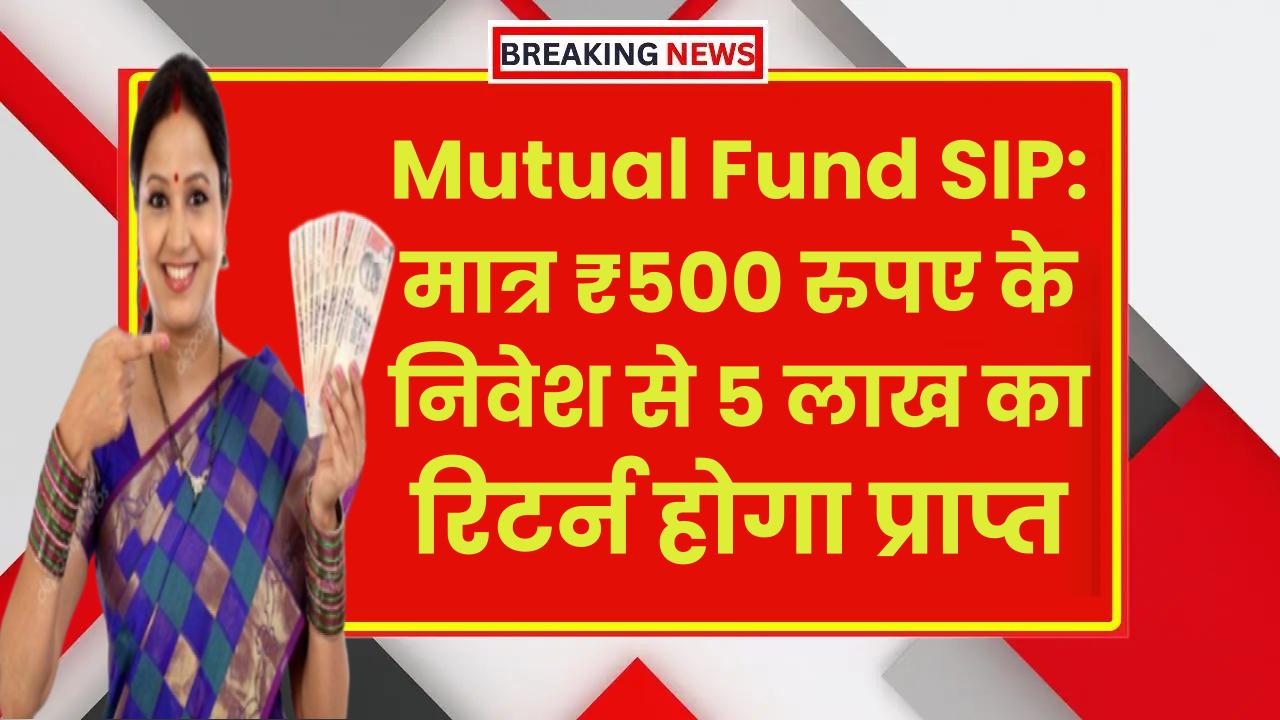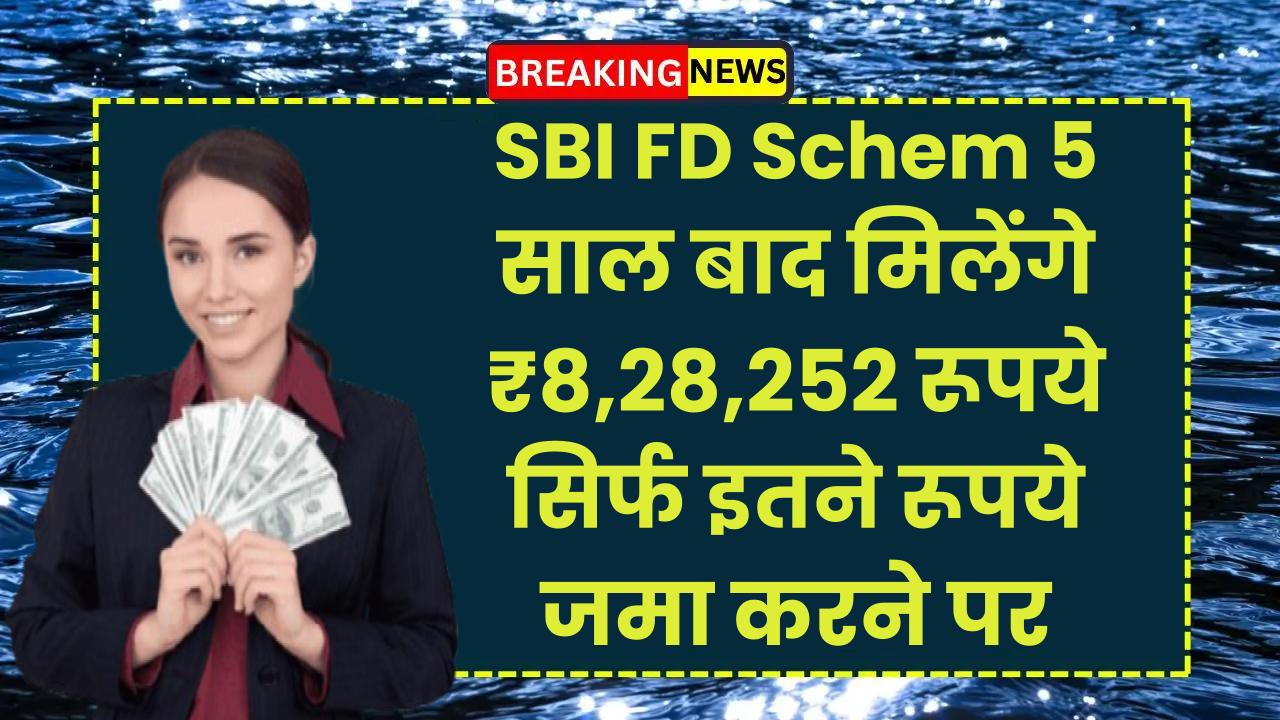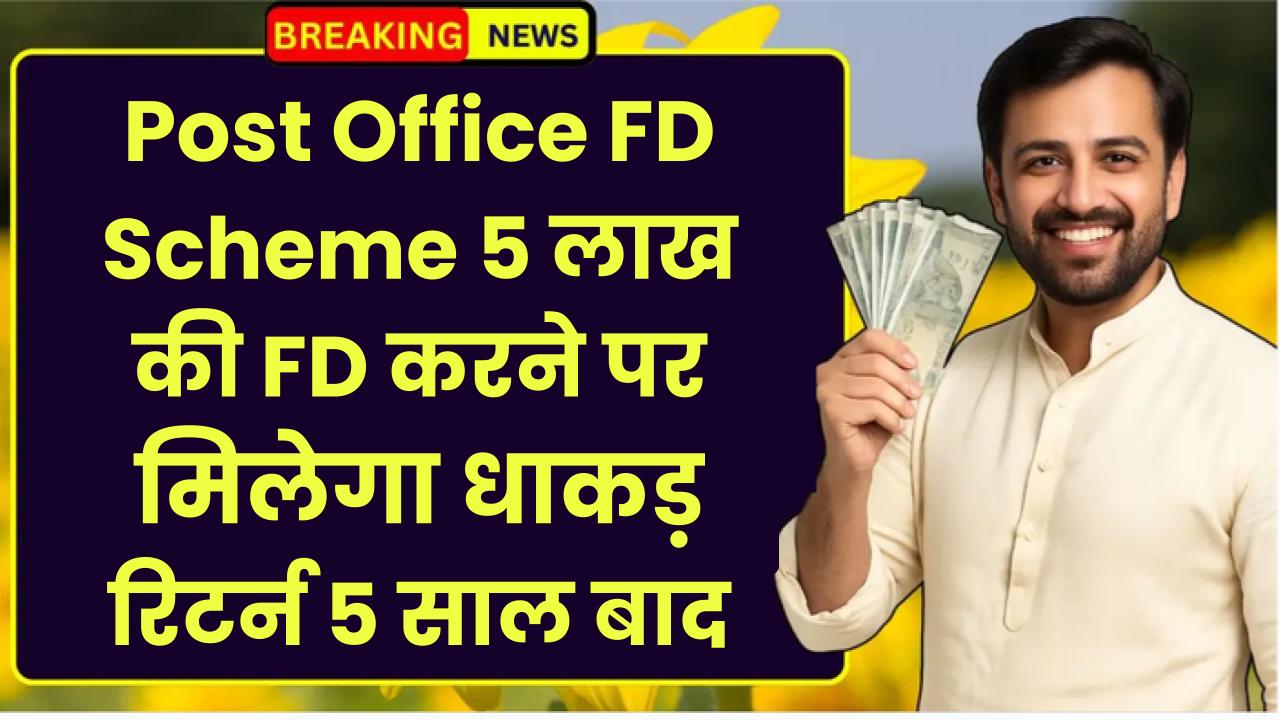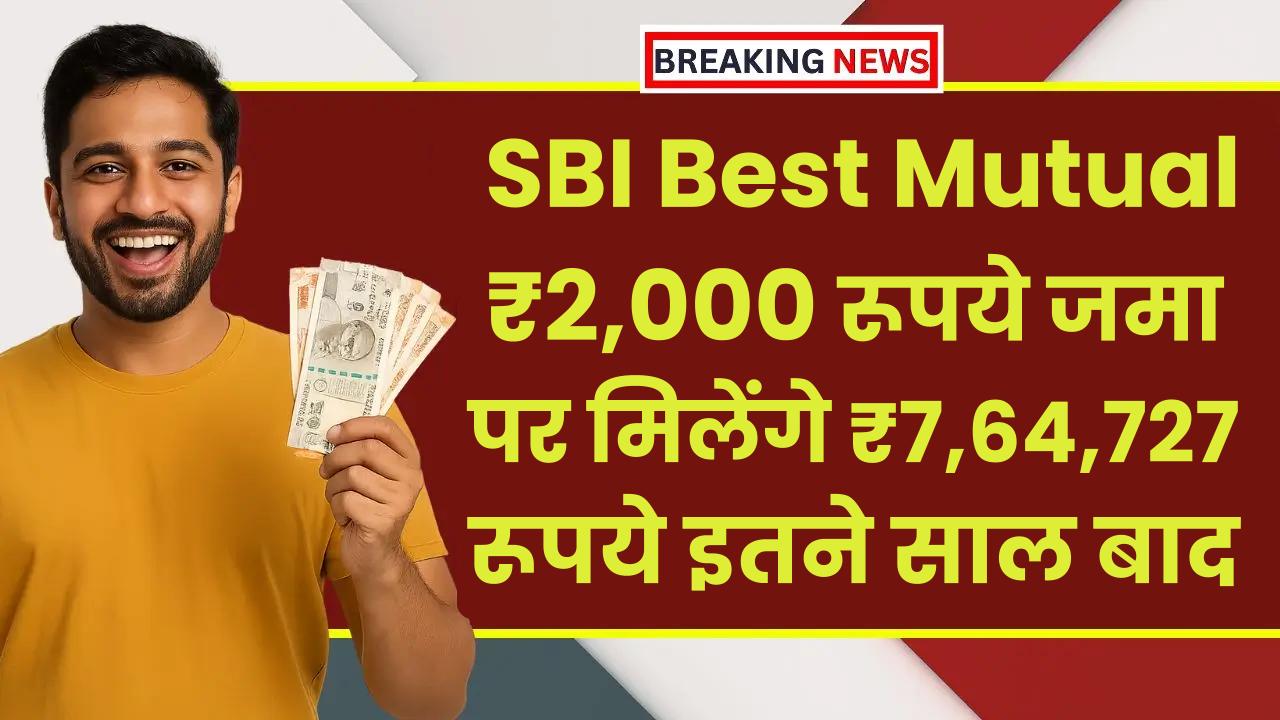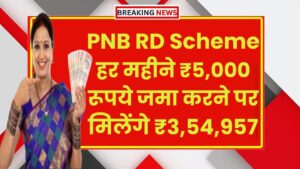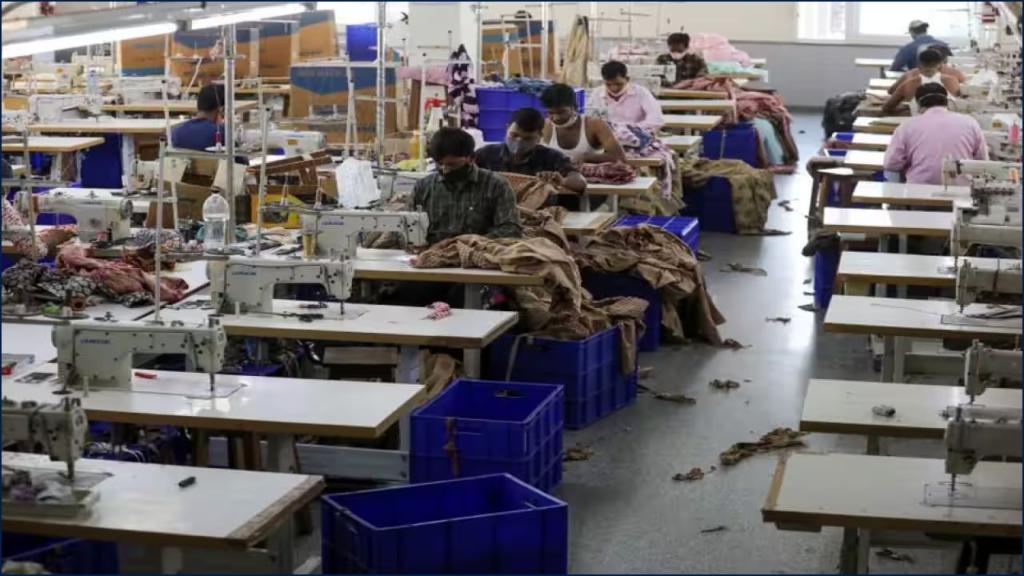
Crisil Ratings has warned that the United States’ imposition of 50% tariffs on Indian goods could significantly hamper India’s economic growth. The tariffs affect key export sectors such as textiles, jewelry, and seafood, posing risks to India’s ambitious growth targets.
US Tariffs and Their Impact on India’s Economic Growth
The global economy has seen increasing tensions over trade policies, with one of the most significant recent developments being the United States’ decision to impose steep tariffs on Indian imports. According to Crisil Ratings, this move could severely affect India’s economic trajectory, with potential disruptions to its export-dependent industries. The tariff hike, which includes a reciprocal duty and penalties tied to India’s continued purchase of Russian oil, has raised concerns about the broader economic consequences for India.
Historical Context of US-India Trade Relations
India and the US share a complex and evolving trade relationship. In the past two decades, India has increasingly become a major trading partner for the US, particularly in sectors like information technology (IT), textiles, and jewelry. However, the trade relationship has also been marked by disputes, ranging from tariffs on steel and aluminum to concerns over intellectual property and trade imbalances. The recent tariffs represent a significant escalation in these trade tensions, and the economic consequences could be far-reaching.
The Tariff Increase and its Key Sectors
The US tariffs, which apply to nearly two-thirds of India’s $86.5 billion annual exports to the US, have the potential to slow growth in several crucial sectors. Among the hardest-hit industries are textiles, jewelry, and seafood.
Textiles and Garments
India’s textile and garment industry, which forms a cornerstone of its export economy, faces a dramatic contraction in revenue. Crisil estimates that the sector could see its revenue growth halved, with US exports potentially plunging by as much as 70%. This would particularly impact smaller manufacturers who rely on the US as their primary market. The textile sector alone accounts for over 2% of India’s GDP and employs millions of workers, especially in rural areas.
Jewelry and Diamonds
The diamond polishing industry, another key pillar of India’s exports, is bracing for significant losses. India’s polished diamond exports, valued at $16 billion in the previous fiscal year, are expected to shrink by 28-30%. Experts warn that the sector, already dealing with international competition, will struggle to maintain profitability amid the higher tariffs. India is the world’s largest exporter of cut and polished diamonds, and the sector supports over 1.5 million jobs, making the tariff threat particularly impactful.
Seafood and Leather Industries
Labor-intensive industries like seafood and leather goods also face substantial setbacks. These sectors, which employ millions across the country, are likely to suffer a dual blow from the tariffs: a decrease in exports to the US and diminished competitiveness in the global market. Additionally, job cuts may become unavoidable for companies unable to offset the loss of business. Both sectors contribute significantly to India’s foreign exchange reserves, making their decline a worrying trend.
Impact on Employment
The US tariffs not only threaten India’s export revenue but also its employment landscape. According to industry estimates, the textile sector alone could lose up to 500,000 jobs, with ripple effects across other sectors like logistics, retail, and manufacturing. Many of these jobs are concentrated in rural and semi-urban areas, where the employment rate depends heavily on export-driven industries.
The impact on employment is compounded by India’s already high unemployment rate, which, according to the latest reports, stands at 7.5%. This economic challenge could result in increased social unrest if job losses continue to rise.
India’s Economic Growth Projections Amid US Tariffs
Despite the pressure on exports, Crisil projects that India’s domestic consumption will provide some resilience in the face of the tariff challenges. A decrease in inflation, with forecasts predicting a drop to 3.5%, alongside potential interest rate cuts by the Reserve Bank of India (RBI), could stimulate consumer spending. India’s GDP growth for the first quarter of FY26 stood at 7.8%, a slight increase from the previous year’s 7.4%. However, Crisil cautions that nominal GDP growth has slowed, indicating possible headwinds in the months ahead.
Economic Data Supporting the Impact
Trade data from India’s Ministry of Commerce & Industry confirms the vulnerability of the Indian economy. In FY25, exports to the US amounted to nearly $30 billion, a significant portion of India’s total exports. According to the Federation of Indian Export Organisations (FIEO), a 50% tariff hike would result in a $5 billion reduction in export revenue in the short term alone.
Alternative Markets and Global Trade Dynamics
India’s response to the tariffs includes efforts to diversify its trade relations. As the US imposes punitive tariffs, India is looking to deepen its economic ties with emerging markets, such as the European Union, Southeast Asia, and Latin America. Additionally, India has shown interest in strengthening ties with China and Japan. These regions are not only major consumer markets but also home to growing manufacturing hubs where Indian companies can look for new business opportunities.
India’s participation in trade agreements like the Regional Comprehensive Economic Partnership (RCEP) also holds promise for expanding its market reach. The RCEP, which includes 15 countries across the Asia-Pacific, presents India with significant potential for trade diversification, especially in light of tariff barriers from traditional markets like the US.
India’s Trade Policies and Diplomatic Efforts
India’s government is already actively pursuing diplomatic solutions to counter the impact of US tariffs. According to official statements from India’s Ministry of Commerce, India has approached the World Trade Organization (WTO) to seek redress. India has also indicated that it may retaliate with its own tariffs on US imports, particularly on agricultural products and IT services. These measures aim to exert pressure on the US to reduce tariffs and restore the balance of trade.
Comparative Analysis: Global Impact of US Tariffs
India is not the only country grappling with the economic consequences of US tariffs. Countries like China, Mexico, and the European Union have faced similar challenges in recent years. For instance, China’s trade war with the US has already resulted in billions of dollars in lost revenue, but China has partially mitigated the impact by diversifying its exports and investing in domestic consumption. India can learn from these global dynamics by strengthening its internal markets and focusing on long-term trade strategies.
India’s Strategic Response to the Tariff Threat
In response to the tariffs, India has ramped up efforts to diversify its trade partnerships. India is actively seeking stronger ties with the European Union, China, and Japan to offset the losses from the US market. Additionally, India is investing in expanding its services sector, particularly in Information Technology (IT), Artificial Intelligence (AI), and Global Capability Centers to attract foreign investments and drive economic growth.
India’s government has also been exploring policies to enhance the competitiveness of its export sectors, focusing on innovation, skill development, and improving infrastructure. However, these efforts will take time to yield tangible results, and experts agree that it will be a long road before India can fully offset the impact of the US tariffs.
Conclusion
The imposition of US tariffs on Indian goods presents a significant challenge to India’s economic growth, especially in key sectors such as textiles, jewelry, and seafood. While Crisil Ratings acknowledges the resilience of India’s domestic market, it warns that the medium-term impact could be substantial. Strategic diversification of trade relationships and continued investment in high-value sectors like IT and AI will be crucial for India’s economic future.

